BoE Chief Economist Huw Pill said in a speech yesterday, “recognising that its earlier actions are now gaining traction, the MPC needs to ensure that it does enough to return inflation to target, while guarding against the possibility that it does either too much or – for that matter – too little.”
“Finding that balance is the central challenge for monetary policy at present,” he said.
Pill also noted, “continuing to raise rates at the pace and magnitude seen over the past year would eventually – and perhaps soon – imply that monetary policy had cumulatively been tightened too much.”
Yet, “the MPC’s need to be watchful for signs of greater-than-expected persistence in inflationary pressure,” he emphasized. “I would flag the need for the Committee to maintain a readiness to act to address any such persistence should it emerge.”
On the economy, Pill said Tuesday’s labor market data “pointed to signs that the UK labour market loosened a little in the fourth quarter”. But, “these indicators suggest the labour market remains tight in an absolute sense relative to historical experience.”
CPI data showed inflation fell to 10.1% in January, from 10.5% in December. “On the month, this mainly owed to an easing in services and fuel price inflation, although developments in historically very volatile components such as airfares counted for a large part of the former.”
Full speech here.




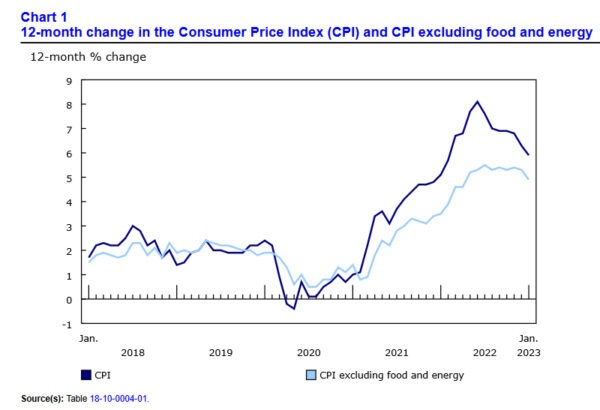
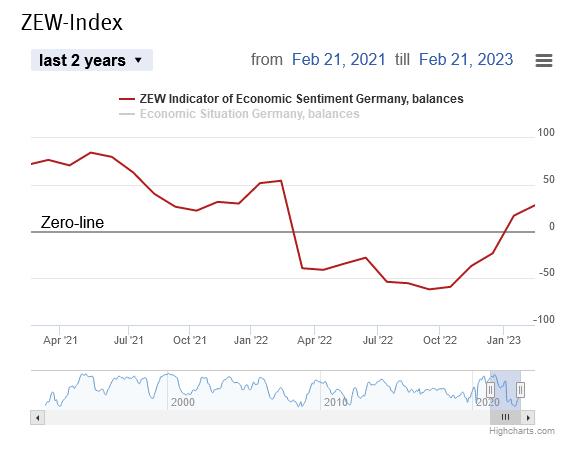
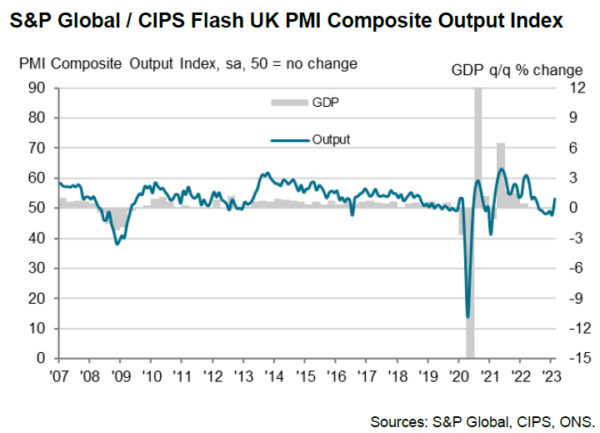
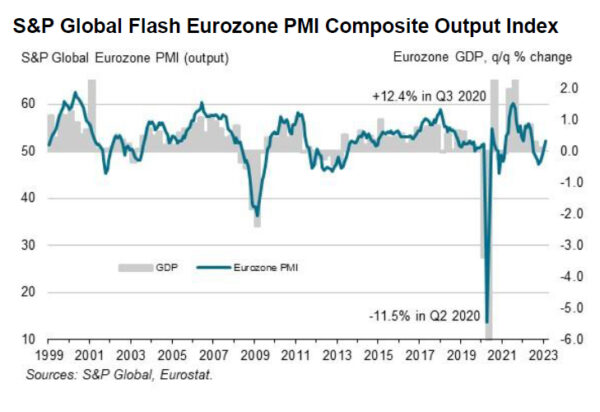
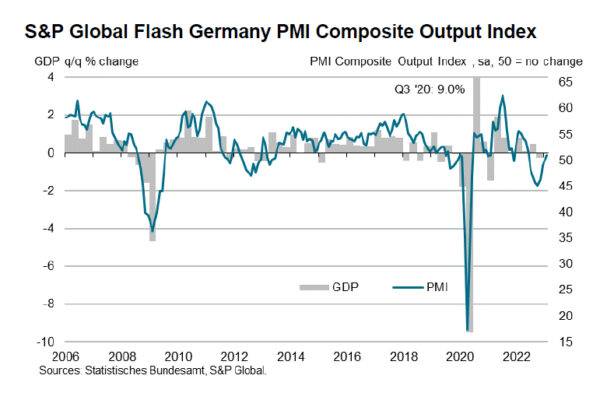
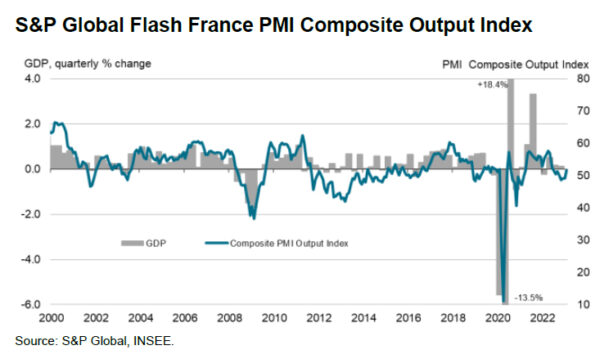
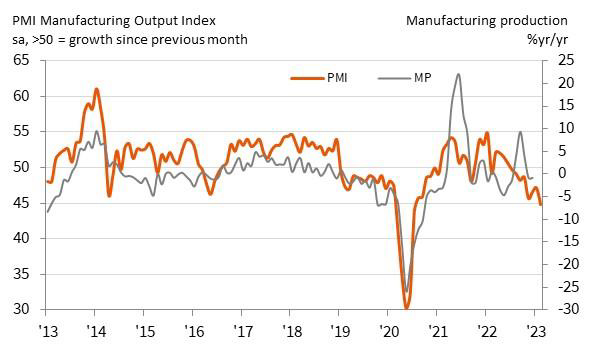
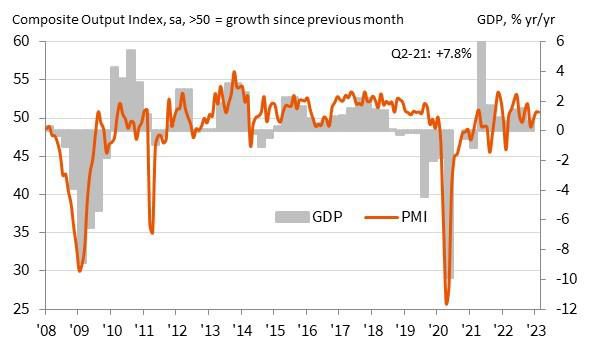
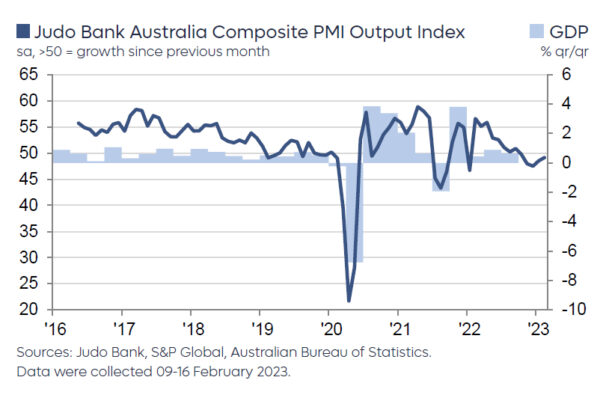
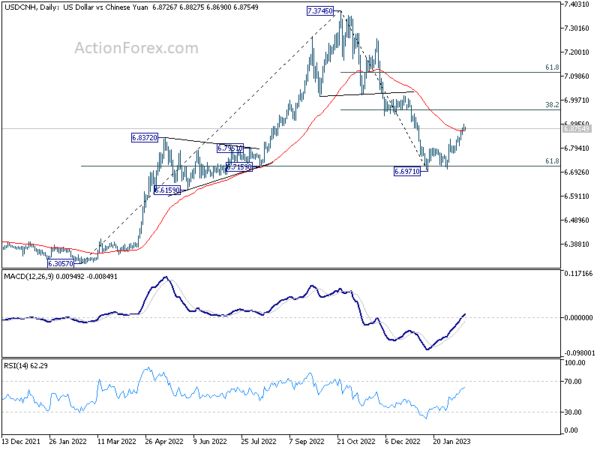
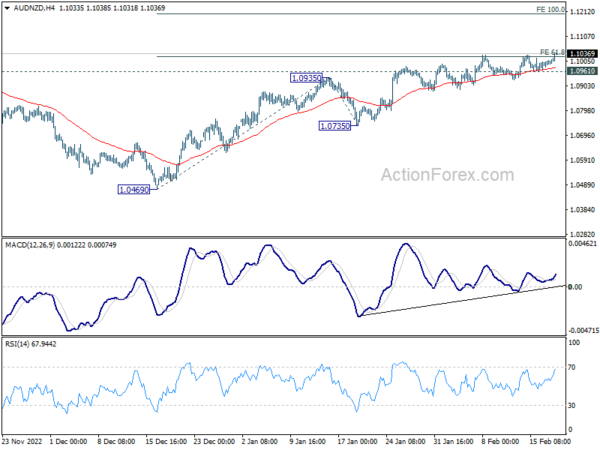
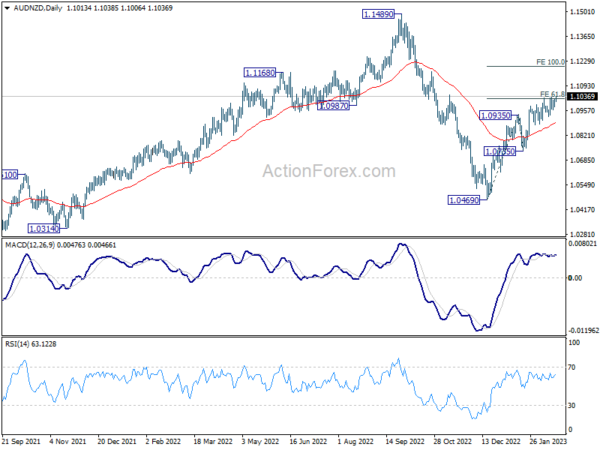
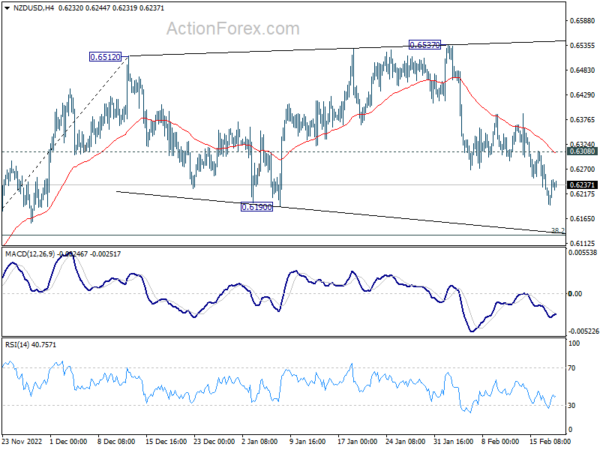
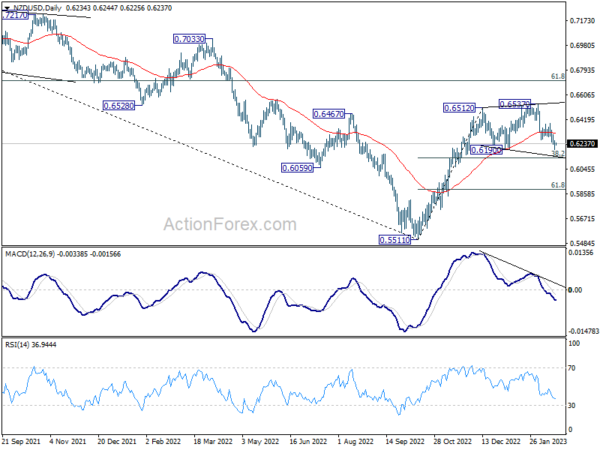
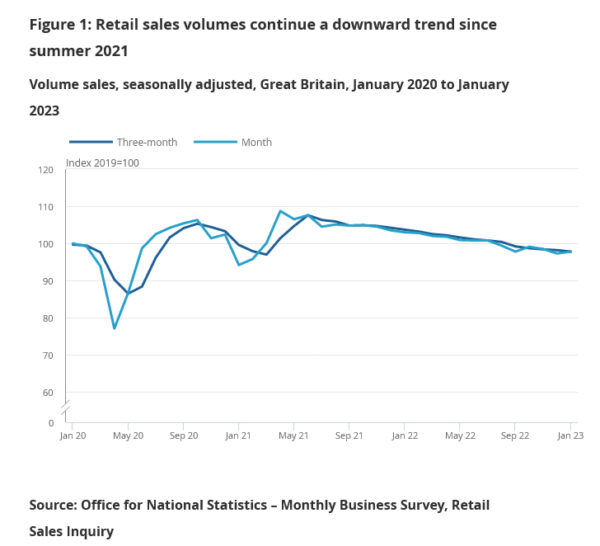

Canada retail sales rose 0.5% mom in Dec
Canada retail sales rose 0.5% mom to CAD 62.1B in December. Sales increased in 7 of 11 subsectors, representing 75.1% of retail trade. Higher sales at motor vehicle and parts dealers (+3.8%) and general merchandise stores (+1.7%) led the increase. Ex-gasoline and auto sales rose 0.4% mom. In volume term, retail sales increased 1.3% mom.
Advance estimate suggests that retail sales rose further by 0.7% mom in January.
Full release here.